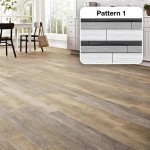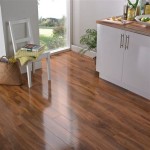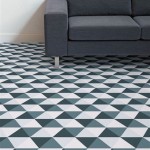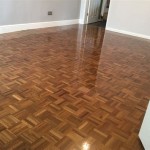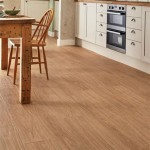Vinyl flooring is a type of resilient flooring made by combining synthetic materials, such as PVC, with natural ingredients, such as limestone. It is designed to be strong and long-lasting, and is available in a wide variety of colors, textures, and patterns. Vinyl flooring is a great option for both home and commercial environments, as it is easy to install, durable, and relatively inexpensive.
Types of Vinyl Flooring
Vinyl flooring is available in two main types: sheet vinyl and luxury vinyl tile (LVT). Sheet vinyl is a single piece of vinyl that is cut to fit the room, while LVT is a series of tiles that are connected together. Sheet vinyl is generally cheaper and easier to install, while LVT offers more design options and better durability.
Advantages of Vinyl Flooring
Vinyl flooring is a great choice for both residential and commercial applications. It is extremely durable and can withstand heavy foot traffic, making it ideal for high-traffic areas such as kitchens, bathrooms, and hallways. Vinyl is also water-resistant and easy to clean, making it a great choice for wet areas such as bathrooms and laundry rooms. Additionally, vinyl is easy to install, requiring minimal preparation and no glue or nails. Finally, vinyl is relatively inexpensive, making it a great option for tight budgets.
Disadvantages of Vinyl Flooring
While vinyl is a great choice for many applications, there are some disadvantages to consider. Vinyl can be slippery when wet, making it a poor choice for bathrooms and other wet areas. Additionally, vinyl is not as durable as some other types of flooring, such as hardwood or tile. Vinyl is also not as comfortable to walk on as carpet, and is not as warm. Finally, vinyl can be damaged by certain chemicals, such as bleach and nail polish remover.
Installation of Vinyl Flooring
Vinyl flooring can be installed in two different ways. The first is the “glue down” method, which involves applying an adhesive to the subfloor before laying the vinyl. The second is the “floating” method, which involves laying the vinyl over a thin foam or cork underlayment. Both methods are relatively easy to do, and can be done by a DIYer with minimal experience.
Care and Maintenance of Vinyl Flooring
Vinyl flooring is extremely easy to care for and maintain. Regular sweeping and damp mopping will keep the floor looking like new. Additionally, it is important to use a cleaner specifically designed for vinyl floors, as some cleaners can damage the surface. For deeper cleaning, it is best to use a professional floor cleaning service.
Conclusion
Vinyl flooring is a great option for both home and commercial applications. It is easy to install, durable, and relatively inexpensive. Additionally, it is easy to care for and maintain, making it a great choice for busy households. If you are looking for a resilient and affordable flooring option, vinyl may be the perfect choice for you.















Related Posts

